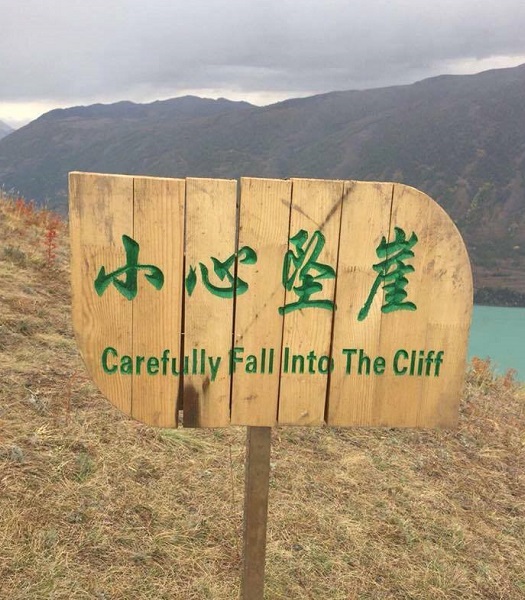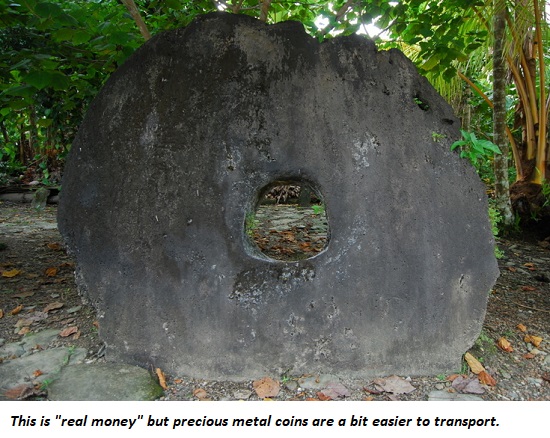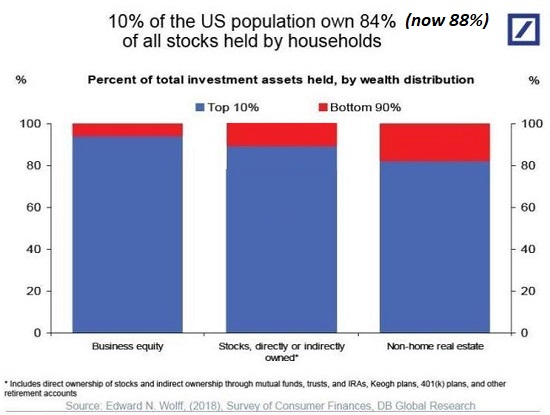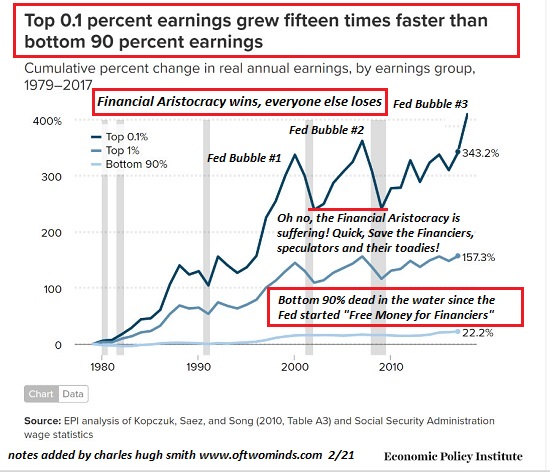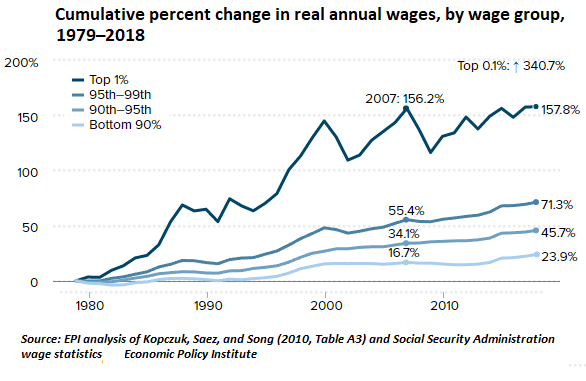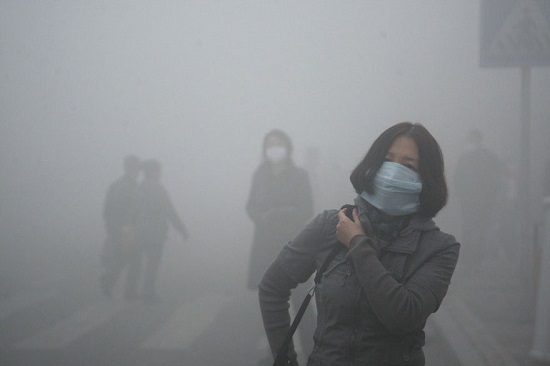Heresy evolves, orthodoxy cannot. Plan accordingly. Orthodoxies offer the comforting illusion of solidarity.
But in what lies ahead, we're on our own.
In today's world, the key orthodoxies are secular rather than religious: they are economic, ideological, political.
Religious orthodoxy is in the spiritual realm. It may have secular ramifications (for example, Galileo being forced to renounce his scientific advances) but it doesn't deal with forecasts of real-world systems.
Economic, ideological and geopolitical orthodoxies are different. They make forecasts about the real world, and they will be right or wrong.
The orthodoxies are roughly divided into two camps: the Establishment/Status Quo orthodoxies and the alternative orthodoxies.
Both are fiercely defended by True Believers, as the orthodoxy is the foundation of the True Believers' identity and worldview.
The two orthodoxies aren't necessarily diametrically opposed. Sometimes they overlap.
Much of what passes for "informed commentary" now is nothing more than True Believers cherry-picking whatever supports
their orthodoxy.
In this mindset, what's important is that everyone agrees with the orthodoxy. Public fealty to the orthodoxy is all
that matters.
In this climate, projecting an outcome that doesn't fit an orthodoxy is heresy and must be suppressed.
I don't see any value in trying to persuade others to agree with me. The analysis goes where it goes, and it doesn't really matter if we like the conclusion or not.
What matters is one forecast will be accurate and the rest will be wrong. If 99.99% of the populace doesn't like the accurate forecast, that doesn't change the outcome.
If the analysis is sound, then the forecast is sound, and it won't change if it offends our sensibilities.
In other words, an emotionally detached analytic view is more likely to generate accurate forecasts than defending orthodoxies.
Put another way, accurate forecasts don't arise from popularity contests.
We might not like the results of a detached analysis, but liking it or hating it isn't the point. The accuracy is the point.
We might disagree with the forecast and hope it isn't accurate, but we understand our opinions and hopes won't change the outcome.
If we want to prepare an appropriate response to what's coming down the pike, we're better served by cultivating a
detached view that favors our own independent analysis rather than orthodoxy. In other words, our self-interest
is best served by becoming self-reliant.
Consider all the standard-issue orthodoxies, neatly packaged for easy marketing / consumption: Left and Right, Conservative and Progressive, Capitalist and Socialist, etc.
I find all the orthodoxies lacking. None makes sense of the dynamics I see as consequential, so we're forced to assemble our own analysis.
In other words, we're forced to secretly dabble in heresies.
For example, the Status Quo orthodoxy holds that the world is now multipolar and the influence and power of the U.S. / West is in an inevitable decline.
The West's dominance was a bad thing, so multipolarity is a good thing.
The alternative orthodoxy holds that the U.S. / West are doomed not just to decline but to give way to the dominance of China and its partners.
The West had its day, now it's China's turn.
This orthodoxy holds the US dollar will collapse in a heap, replaced by Bitcoin, a gold-backed yuan, or a basket of non-Western currencies.
Questioning these orthodoxies is akin to declaring God is dead in 1500. It doesn't go over very well with True Believers and their enforcers.
These orthodoxies are values/identity-based rather than analytic. They project what we think should happen because it fits our value system and what we identify with.
This is why orthodoxies are so vehemently defended: to question them is to question the moral rightness of the orthodoxy.
The problem with orthodoxy is two-fold: 1) orthodoxies suppress evolution and 2) we're blinded by our emotional attachments to orthodoxies.
We don't get attached to forecasts that don't impact our values or our financial security.
If someone forecasts inflation in Lower Slobovia will rise from 8% to 10%, we don't have any emotional stake in the forecast. If inflation there rises or falls, we don't care. We don't bristle and rush to defend either forecast.
Unless we've staked a speculative bet on inflation rising in Lower Slobovia. Then we care, deeply. We're completely emotionally engaged, and ready to tear the head off anyone arguing that our position is faulty and we're going to lose the bet.
Those with no emotional stake in the issue look on us with bemusement. What's the big deal? Whatever is going to happen is going to happen, so why get worked up about it?
Indeed.
As longtime readers know, I favor looking at everything as a system. There is really only one system dynamic, Natural Selection, i.e. evolutionary success or failure when evolutionary pressure is applied.
Human societies and economies are ecosystems, too, and so their success or failure is Natural Selection at work.
Two things matter in evolution: transparency and variability. Evolution is only possible if the genome / society / economy generates a steady stream of mutations / variations.
Variations / variability are the fuel of evolution: if there are no mutations / variations, then there's nothing new being fed to the system which can offer selective advantages.
Transparency is the mechanism needed to test / select variability. In the genome, mutations that offer some selective advantage are conserved by an automatic process.
In human organizations, transparency means there's a free-for-all churn of variability / dissent, experimentation and sharing of results. New ideas and data flow freely between all the nodes of the system.
Human organizations with weak variability and transparency fail to adapt because they lack the means to do so.
This is scale-invariant. Relationships lacking variability and transparency fail, enterprises lacking variability and transparency fail, nations lacking variability and transparency fail.
Authoritarian regimes, be they relationships, enterprises or nations, fail because there is no other possible outcome other than evolutionary failure. Any success will be illusory / temporary.
Finding this regime attractive or repugnant won't change the inevitability of its failure.
Transparency is not easy. People contest our treasured orthodoxies, upsetting us. We're forced to admit to being wrong far more often than we like. It hurts our pride and we lose face, but the upside is the immense success of the evolutionary churn.
This process is scale-invariant: every argument / disagreement reflects the underlying dynamics of the system, so every negotiation to resolve the conflict reflects these same dynamics.
This process is also evolutionary. The previous negotiation may leave one side dissatisfied, and so the negotiations evolve.
From the perspective of evolutionary churn, we shouldn't grudgingly allow variations, we should elicit them, welcome them not as threats but as essential churn, and then negotiate an outcome that is evolutionary, i.e. contingent and open to being changed as conditions change.
The couple that never argues and always puts on a smiley face isn't the healthy relationship. It's evolutionarily doomed to failure because the facade of unity and happiness is not actual unity or happiness.
The lack of variability and transparency have a cost that the participants and the system pay one way or another. It can be hidden for a while but not indefinitely.
The same can be said of nations. If dissent is suppressed, data is suppressed, communication is shackled by fear of exposure or censure and all decisions are made opaquely, that regime is doomed to evolutionary failure.
The nation where all the dirty laundry is out and everybody is arguing about it is evolutionarily robust. The nation where the dirty laundry is hidden deep in the basement to preserve the illusion of unity and success has been stripped of variability and transparency.
My analytic forecast (laid out in my book
Global Crisis, National Renewal) is that evolutionary success demands relocalizing production of essentials and
consuming less, and all the systemic changes required to enable and incentivize this evolution.
Evolutionary pressure doesn't go away when you hide the dirty laundry. It builds up. When variability / dissent are suppressed, the system has no evolutionary fuel. Starved, it collapses.
I don't think it matters what we call the world system or what configuration aligns with our values or what we think should happen. Evolutionary pressure is building, and those organizations which choose autocratic suppression of variability / dissent and transparency will fail.
Those that defend the churn of variability / dissent and transparency will evolve, come what may.
Orthodoxies by definition have been of stripped of variability and transparency. That's what makes an orthodoxy an orthodoxy.
For this reason, evolutionary success cannot arise within orthodoxies. Dissent, variability, sharing ideas,
proposing solutions and negotiating transparently are all intrinsically heretical.
Orthodoxies have mastered the illusion of adapting to changing times. Orthodoxies introduce updated catch-phrases
to mask their inability to evolve.
Heresy evolves, orthodoxy cannot. Plan accordingly. Orthodoxies offer the comforting illusion of solidarity.
But in what lies ahead, we're on our own. Orthodoxy is a luxury we can ill-afford. What will prove consequential is
Self-Reliance.
New Podcast:
UPThinking Finance with Emerson Fersch and Charles Hugh Smith (55 minutes)
This essay was first published as a weekly Musings Report sent exclusively to subscribers and
patrons at the $5/month ($50/year) and higher level. Thank you, patrons and subscribers, for
supporting my work and free website.

 My new book is now available at a 10% discount ($8.95 ebook, $18 print):
Self-Reliance in the 21st Century.
My new book is now available at a 10% discount ($8.95 ebook, $18 print):
Self-Reliance in the 21st Century.
Read the first chapter for free (PDF)
Read excerpts of all three chapters
Podcast with Richard Bonugli: Self Reliance in the 21st Century (43 min)
My recent books:
The Asian Heroine Who Seduced Me
(Novel) print $10.95,
Kindle $6.95
Read an excerpt for free (PDF)
When You Can't Go On: Burnout, Reckoning and Renewal
$18 print, $8.95 Kindle ebook;
audiobook
Read the first section for free (PDF)
Global Crisis, National Renewal: A (Revolutionary) Grand Strategy for the United States
(Kindle $9.95, print $24, audiobook)
Read Chapter One for free (PDF).
A Hacker's Teleology: Sharing the Wealth of Our Shrinking Planet
(Kindle $8.95, print $20,
audiobook $17.46)
Read the first section for free (PDF).
Will You Be Richer or Poorer?: Profit, Power, and AI in a Traumatized World
(Kindle $5, print $10, audiobook)
Read the first section for free (PDF).
The Adventures of the Consulting Philosopher: The Disappearance of Drake (Novel)
$4.95 Kindle, $10.95 print);
read the first chapters
for free (PDF)
Money and Work Unchained $6.95 Kindle, $15 print)
Read the first section for free
Become
a $1/month patron of my work via patreon.com.
NOTE: Contributions/subscriptions are acknowledged in the order received. Your name and email
remain confidential and will not be given to any other individual, company or agency.
|
Thank you, Jose S. ($200), for your beyond-outrageously generous contribution
to this site -- I am greatly honored by your steadfast support and readership.
|
|
Thank you, Ron G. ($50), for your magnificently generous contribution
to this site -- I am greatly honored by your steadfast support and readership.
|
Read more...
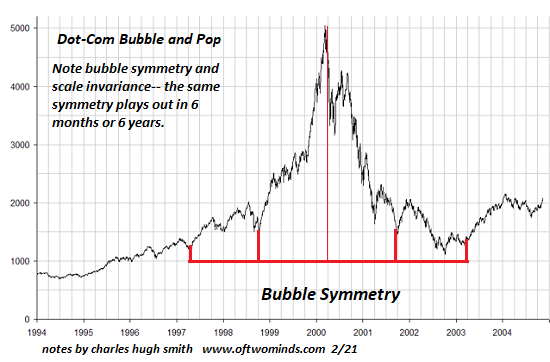
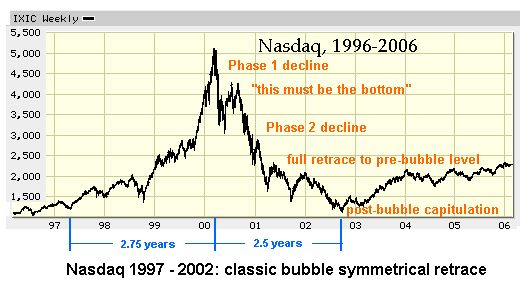
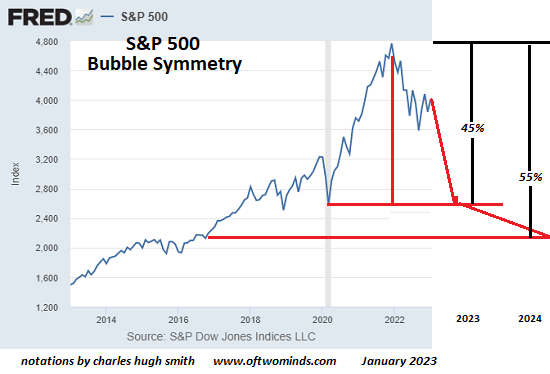
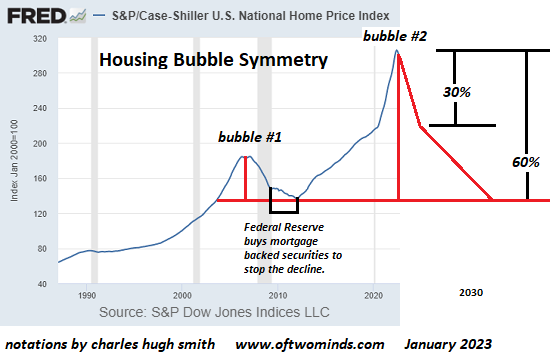
 My new book is now available at a 10% discount ($8.95 ebook, $18 print):
Self-Reliance in the 21st Century.
My new book is now available at a 10% discount ($8.95 ebook, $18 print):
Self-Reliance in the 21st Century.





















